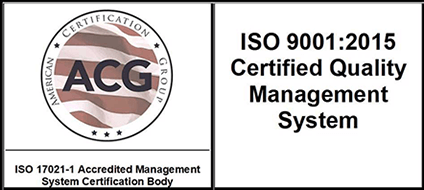Is Precious Metal pricing included in the lot charge?
No, it is added in as an adder, which can be found on the quote. The lot charge and the price per thousand are labor costs. Since Gold and Silver fluctuate on a daily bases they are priced on the day we process the work. The price may be higher or lower, based on the market price that day.
What is the difference between Electrolytic Nickel and Electroless Nickel?
Electrolytic Nickel uses an electrical current and Electroless Nickel is a chemical reaction. In addition, Electrolytic Nickel deposits unevenly. There are many peaks and valleys based on the high and low current areas, whereas Electroless Nickel gives you a even deposit across the entire surface of the part. Also Electroless Nickel will give you a harder surface than Electrolytic Nickel, especially when baked after plating.
What is Zincating on Aluminum?
Zincating is a process where you chemically add an active layer of Zinc which allows you to plate certain finishes on the Aluminum surface and not have the plating lift. Electroless Nickel would be the finish of choice as a first layer of final layer, especially when the part has holes or threads in it. Copper would be the second choice when there are only flat surfaces.
Does Sterling Plating have an ISO Certification?
Yes, we have been certified since January of 2001.
What is your lead time?
Our lead times vary on the quantity of the order. Small lots are usually 1-2 days and larger lots are usually 3-5 days.
What is the difference between a casting blister and a plating blister on Zinc Diecast Material?
A casting blister appears when the skin is not sealed all the way from manufacturing. When the copper is added it will cover loose material or it will raise the skin up. For example…if the blisters do not show up in the copper, they will when the final finish is added is added. For example, Electroless Nickel is at a temperature of 195*F and it will cause gassing to occur underneath the Copper between the skin of the Zinc Diecast and pop the skin. A Plating blister occurs when there is bad adhesion between the Copper and the Zinc Diecast surface.

